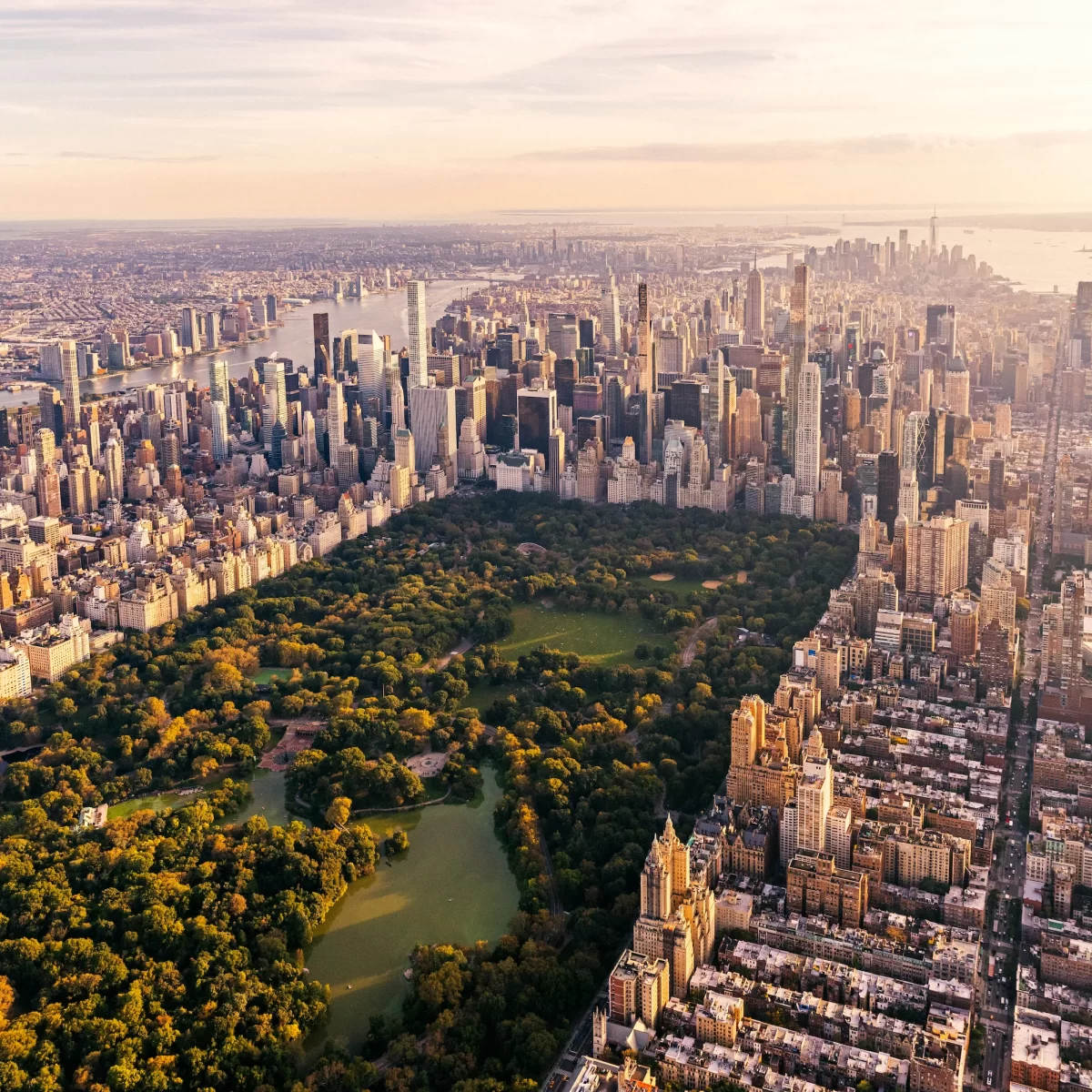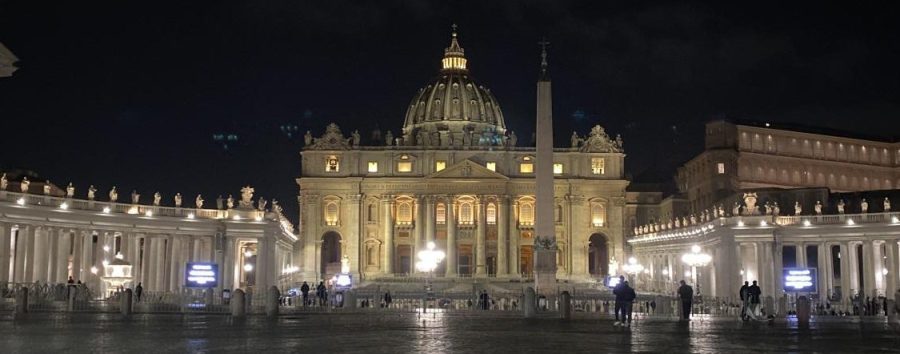The History Of Italy
and my personal observations
Italy is a European Country, located in the Southern and Western region. I recently traveled there on vacation and was able to visit many popular locations across Rome, Florence, Pisa, and Milan.
Overall, it was simply beautiful and stood out compared to other countries I have visited. Their strong culture has influenced several other nations, the food is delicious, and their unrelentless defense of God and Catholicism is a discipline unmatched by most countries.
There are many beautiful sites, most of them religious, such as the Vatican, Santa Maria Del Fiore, The Leaning Tower of Pisa, The Colosseum, and many more.
Before Italy was founded it was a part of Ancient Rome. It was founded as the Roman Kingdom around 753 BC. Seven kings lived, ruled, and died, before the Kingdom became a Republic in 509 BC. They developed a Constitution and Separation of Powers. They were briefly taken over by Gauls during an attack, but then they led a revolt to drive them back. This was headed by Camillus, a Roman Statesman and politician. Then, in third century BC, Rome became at odds with the Phoenicians of Carthage, a powerful city-state. In the three punic-wars, Rome defeated Carthage and took over significant amounts of land, becoming dominant over the Mediterranean Sea. By this point it had become an Empire rather than a Republic, and prospered for many years until corruption began to spread like a poison throughout the empire, and was invaded by Germanic Tribes. After the fall of Rome, Italy was fragmented into city-states until their unification.
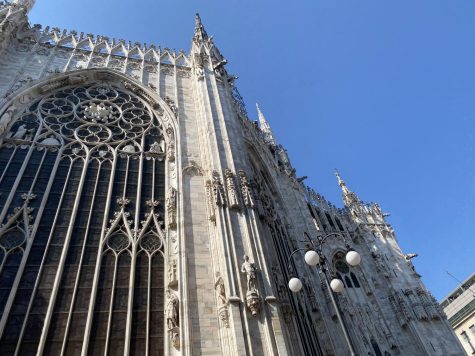
Italy was founded in 1861 as a Kingdom with the unification of the peninsula under the House of Savoy, a royal dynasty, until their rose civil discontent with the monarch due to their endorsement of Fascists during World War Two, leading to a referendum being passed to abandon it and form the modern Republic in 1946. This was also the first-time women were able to vote at the national level in Italy. The lira, (Italian currency used at the time), fell to a thirtieth of its pre-WW2 value during the war, and because of WW1, it was already at a fifth of its original value. The allies tore havoc throughout the entire nation for eighteen months, ending in September 1943. The goal was to hasten a surrender and provide a pathway into mainland Europe. After their forced surrender, they switched sides against the Nazi Regime.
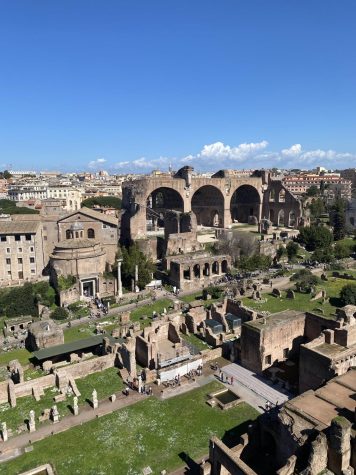
Once the war ended, Italy worked on rebuilding through aid from America. President Truman ended up passing an Act known as the Marshall Plan, which provides Italy with economic assistance on rebuilding infrastructure. Milan, for example, had most of the city’s popular buildings bombed during the raid by the Allied Forces. You can still visit Sforza Castle, which was hit by the bombs during the war.
After joining the Marshall Plan, along with NATO, the country enjoyed a period of economic prosperity, largely rebuilding the country and flourishing after the collapse of fascism until the 1970s when political violence began to escalate. On March 16th, 1978, left-wing terrorists kidnapped and murdered Aldo Moro, the leader of the Christian Democrats. His body was found May 9th in the trunk of a Renault 4. Then in 1980, fascists planted a bomb in a railway station killing 84 people. A recession then hit in the early 1980s, along with most of the world, until they began passing major reforms leading to the independence of the Bank of Italy and a huge reduction in the indexation of wages (Adjusting the value of something to account for the effects of cost of living, inflation, etcetera), reducing inflation majorly. This led to an era of prosperity for most of the country. However, poverty continued in the south and unfortunately, to an extent, is still dealing with it today.
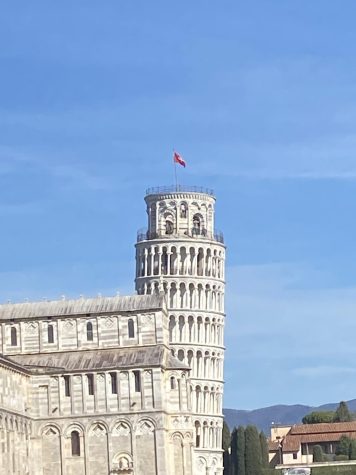
Many tend to wonder about the history of some of the famous sites such as the Tower of Pisa, The Cathedral, or the Vatican. Most of the famous locations across Italy are incredibly old. To start, the Tower of Pisa is located in Pisa. It was built in 1173, and took 200 years to finish. It’s next to two other structures: the Cathedral, and the Pisa Baptistry. The tower’s most famous for its four-degree tilt. This is due to how the foundation settled with the shells and clay residing underneath it, leading to a visible lean south. Italy is a cultural superpower, playing a crucial part in shaping western civilization.
To conclude, Italy is a wonderful country, filled with some of the most beautiful architecture, a rich culture, and an exciting history.
While I was there I was blessed with the opportunity to talk to some of the most fascinating people. It gave me a new perspective on the world that I previously didn’t have. Something, however, that I was disappointed about was that “spaghetti and meatballs” allegedly being an Italian dish is a complete and total stereotype. Don’t get me wrong- they have spaghetti. They have meatballs. But they refuse, for whatever reason, to put it on the same plate. Very upsetting. But I do still love their food and their culture. Maybe- hopefully- one day I’ll have the opportunity to move there.
Your donation will support the student journalists of Wesley Chapel High School. Your contribution will allow us to purchase equipment and cover our annual website hosting costs.







